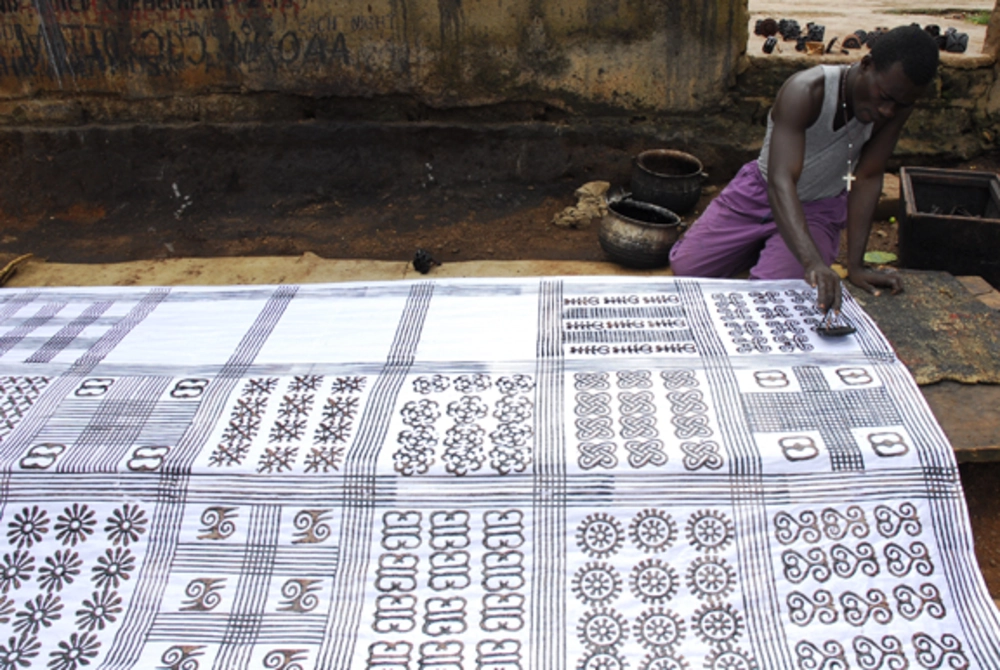Kwanzaa: Origins & Meanings of Nguzo Saba symbols

The seven principles of Kwanzaa, or Nguzo Saba, together comprise the Kawaida or “common” philosophy, a synthesis of nationalist, pan-African, and socialist values.
-
 Dagi Knot
Dagi Knot
- Unity
- A Pan-African symbol of unity found in several African cultures.
-
 Ahenwa
Ahenwa
- The Akan throne, symbol of national identity, cultural groundedness and rightful governance, used in Kwanzaa to represent the principle of Kujichagulia (Self-Determination).
-
 Akoma Ntoaso
Akoma Ntoaso
- Understanding, Agreement
- The Adinkra symbol of shared effort and obligation. Akoma Ntoaso is used in Kwanzaa to represent the principle Ujima (Cooperative Work & Responsibility).
-
 Two Interlocking Half Circles
Two Interlocking Half Circles
- Love or Unity
- The Nsibidi symbol of togetherness and family is used to represent the Kwanzaa principal Ujamaa (Cooperative Economics).
-
 Nefer
Nefer
- Good, Pleasant, Beautiful
- The ancient Egyptian symbol for beauty and good is used to represent the Kwanzaa principal Nia (Purpose).
-
 The Seven Vibrations of Divine Creation
The Seven Vibrations of Divine Creation
- Creativity
- The Dogon symbol of creativity, used to represent the Kwanzaa principle Kuumba (Creativity).
-
 Ankh
Ankh
- Key of Life, Life
- The ancient Egyptian double symbol of the ankh, used to represent the Kwanzaa principal Imani (Faith).




Responses